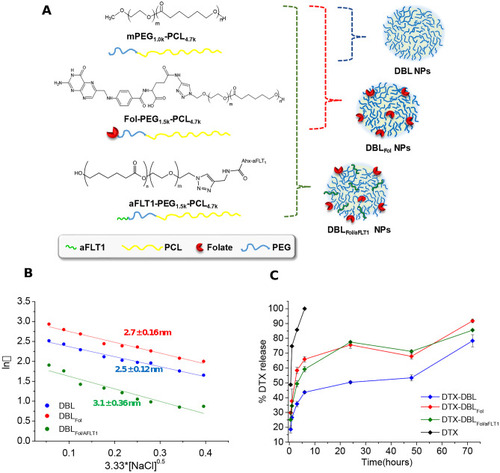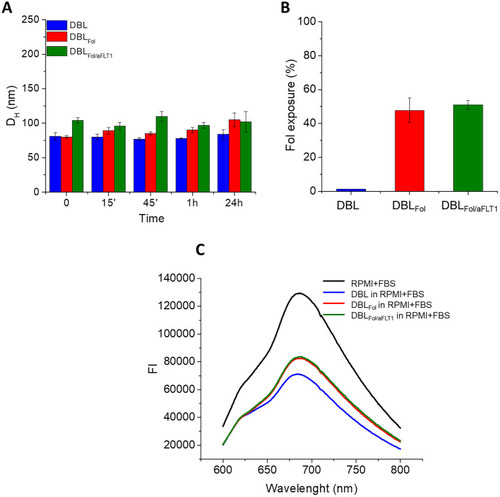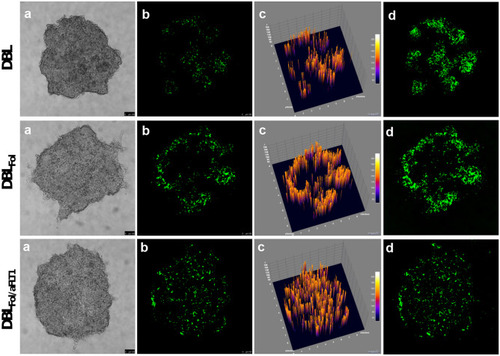- Title
-
Biodegradable nanoparticles combining cancer cell targeting and anti-angiogenic activity for synergistic chemotherapy in epithelial cancer
- Authors
- Moret, F., Conte, C., Esposito, D., Dal Poggetto, G., Avitabile, C., Ungaro, F., Tiso, N., Romanelli, A., Laurienzo, P., Reddi, E., Quaglia, F.
- Source
- Full text @ Drug Deliv Transl Res
|
|
|
|
|
Confocal images of KB spheroids after treatment with DiO-loaded NPs (50 µg/mL) for 48 h: |
|
Cytotoxicity of DTX-loaded NPs in KB spheroids. |
|
Toxicity and activity of DTX-loaded NPs in the zebrafish embryo xenograft model. |
|
Vasculature analysis of |






